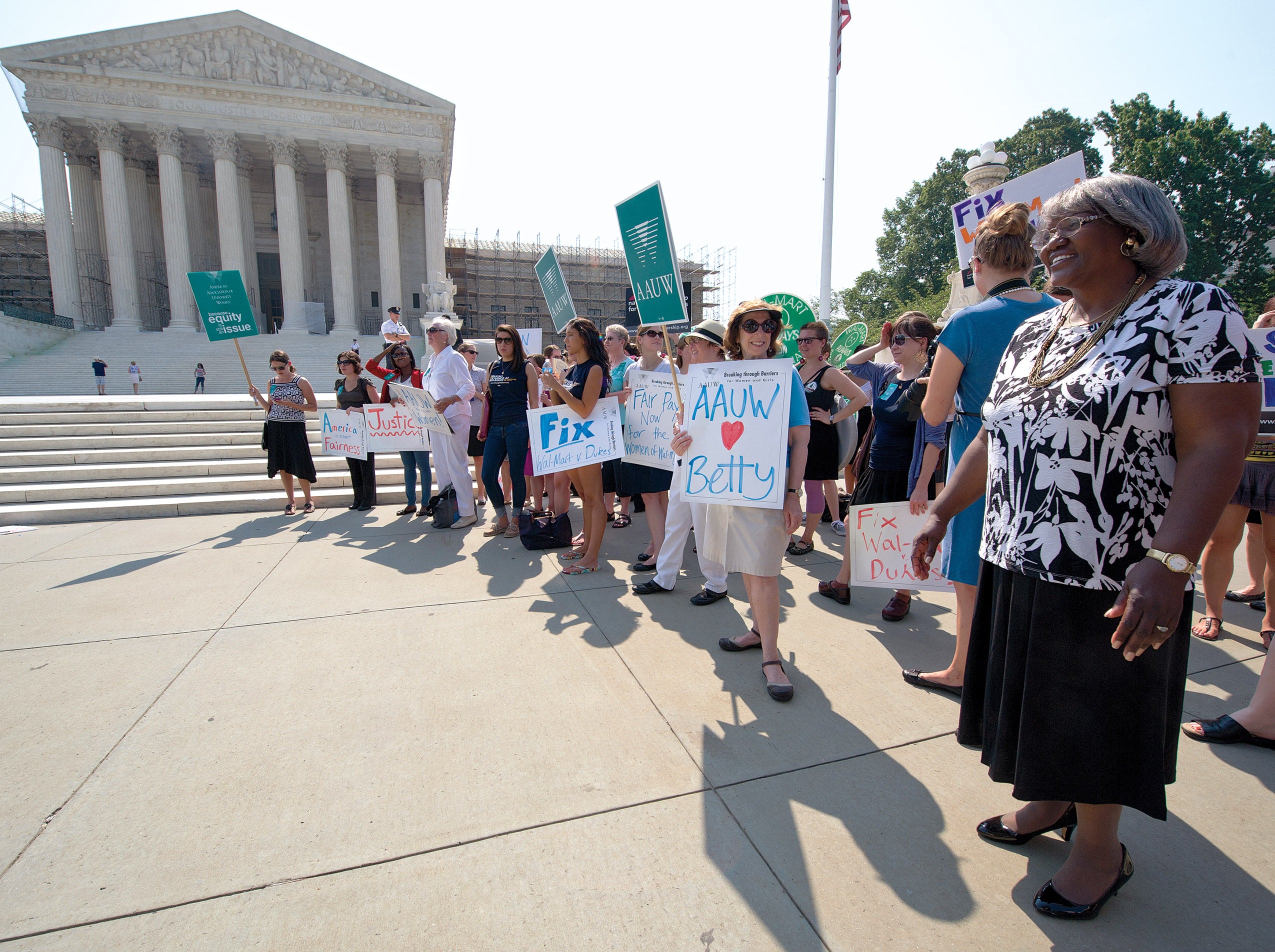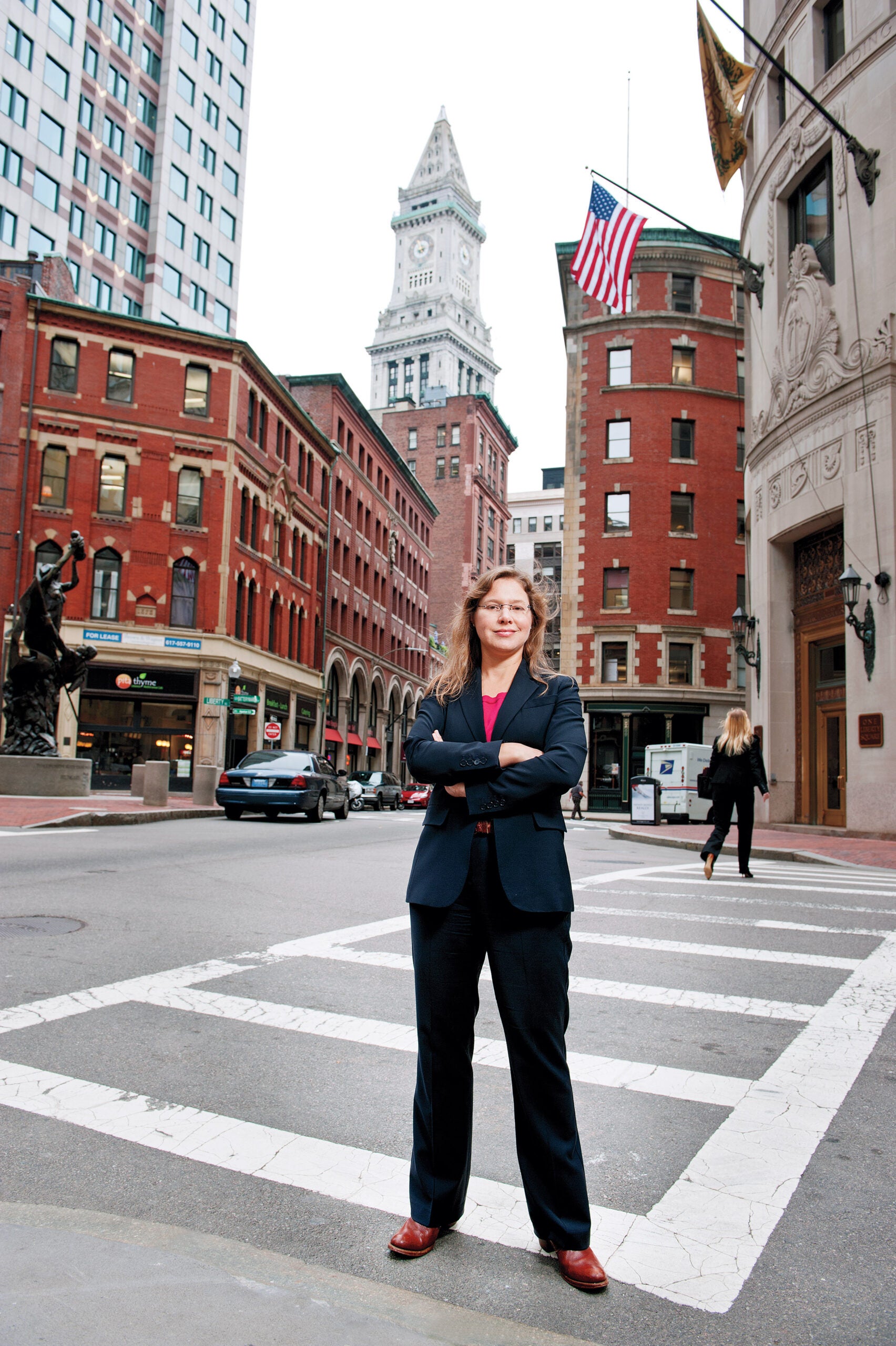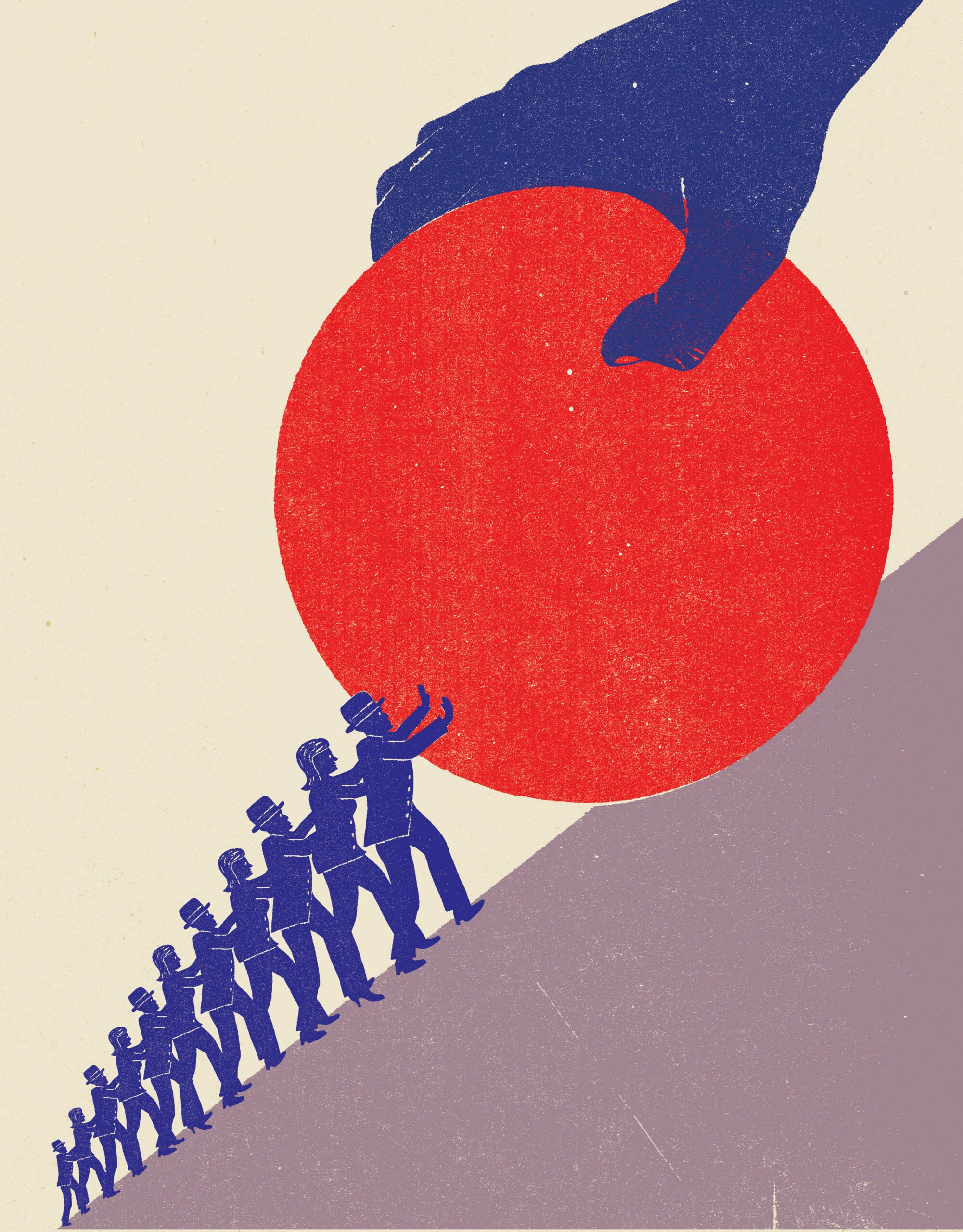Plaintiffs’ lawyer Thomas G. Shapiro ’69 breathed “a great sigh of relief” after the U.S. Supreme Court announced its decision in June limiting, but not eliminating, securities class actions. He had feared the worst before the March oral arguments in Halliburton Co. v. Erica P. John Fund, Inc.

At stake was the plaintiff-friendly “fraud-on-the-market” presumption that stock prices reflect all material information about the stock. Under the theory, investors aren’t required to provide direct proof that they relied on a company’s misrepresentation. Had the Court rejected the presumption, Shapiro said, it could have rung “the death knell for securities class actions.”
But the Court held only that defendants should have a chance before class certification to argue that the misrepresentation didn’t move the stock price. “Securities class actions live to fight another day,” said Shapiro, a partner at Shapiro Haber & Urmy in Boston.
The Halliburton case is just the latest in a series of recent Supreme Court decisions in which a majority of the justices, “unhappy with aggregate litigation,” have added new procedural hurdles that make pursuing class actions harder, said Harvard Law Professor William B. Rubenstein ’86.
The Court hasn’t gone nearly as far as plaintiffs’ lawyers feared, or corporate defendants and their attorneys hoped, as it has addressed a range of relatively narrow questions in recent years about class certification requirements, the particulars of certifying securities suits and the impact of mandatory arbitration clauses.
But, taken together, the decisions “make it more difficult to vindicate actual harms that are small claims suffered by large groups of people,” said Rubenstein, the sole author since 2008 of the 11-volume treatise “Newberg on Class Actions.”
In its recent class actions rulings, the Court hasn’t gone as far as plaintiffs’ lawyers feared—or corporate defendants and their attorneys hoped.
“The decisions as a whole are unfortunate in that regard because the class action is an important procedural mechanism for achieving justice in certain situations, particularly those involving small claims,” Rubenstein said.
None of the recent Supreme Court class-action cases generated as much attention as one involving the world’s largest retailer, Wal-Mart, which challenged a sex discrimination lawsuit on behalf of an estimated 1 million workers. By a 5-4 margin, the Court in June 2011 rejected the lawsuit in Wal-Mart v. Dukes on the grounds there wasn’t evidence to prove a common injury among the class members.

But it was another opinion by that same coalition of justices two months earlier that plaintiffs’ lawyers say has had a greater impact, making it harder for consumers to file class actions altogether.
In AT&T Mobility v. Concepcion, the 5-4 majority of Chief Justice John G. Roberts Jr. ’79 and Justices Samuel A. Alito, Anthony Kennedy ’61, Antonin Scalia ’60 and Clarence Thomas ruled companies could limit consumer class actions with the use of contractual language requiring individual arbitration. Two years later, the justices voted 5-3 in American Express Co. v. Italian Colors Restaurant that such arbitration requirements are enforceable even when the cost of a plaintiff’s pursuing an individual claim is likely to exceed the potential damages.
Now, when considering whether to bring a consumer class action, Shapiro said, the “first thing we do is look at whether there’s an arbitration provision.” He added, “There are a lot of consumer claims we think are good but we don’t pursue because in the fine print there’s an agreement to arbitrate.”
The financial stakes are enormous: Consumer class-action settlements between 2010 and 2013 alone totaled $18 billion, according to a July 2014 study by NERA Economic Consulting.
Gauging the full effect of the Court’s arbitration decisions will have to wait a number of years until it’s possible to see whether the decisions led to a more widespread use of mandatory arbitration clauses in consumer contracts ranging from cell phone agreements to website terms and conditions, Rubenstein said.
The arbitration decisions’ impact has already extended beyond consumer cases to wage and hour claims by employees, who are required to sign contracts waiving their class-action rights, said Shannon Liss-Riordan ’96 of Lichten & Liss-Riordan in Boston, who has challenged arbitration clauses in a variety of industries, including in cases brought on behalf of janitorial, staffing agency and call-center workers.
Workers who find security in numbers are less likely to pursue individual claims against their employers, which is exactly the outcome companies want, Liss-Riordan said. Where employees do pursue individual arbitration, as in one case she is handling on behalf of janitorial workers, “administratively, it’s a bit of a nightmare.”
“It would take years to go through 100 arbitrations,” she said.
In contrast, the Halliburton case isn’t likely to have as dramatic an effect on the volume of cases filed, said Sarah Heaton Concannon ’00, a partner at Goodwin Procter.

“The Court was presented with an opportunity to revisit arguably bad law with regard to what a plaintiff needs to establish to prove a claim,” but instead “simply shifted the timing” of when defendants are allowed to present evidence that the alleged misrepresentation didn’t affect the securities’ price, Heaton Concannon said.
Defendants will continue to incur substantial costs to defend and resolve class actions, without a requirement on the plaintiffs that they put forth a well-pleaded complaint, she said.
“It’s not as much of a sea change as I personally or others on the defense side would have liked to have seen.”
Some of the justices would also have gone further. In a separate concurrence, Justice Thomas, joined by Justices Scalia and Alito, indicated they would have overruled entirely the “fraud-on-the-market” presumption first set out in the 1988 Basic, Inc. v. Levinson decision.
Consumer class-action settlements between 2010 and 2013 alone totaled $18 billion, according to a July 2014 study.
Halliburton is consistent with the trend in recent Supreme Court decisions of front-loading the costs of litigating class actions, by requiring courts to make more factual determinations in connection with the class certification determination. This trend will “weed out cases that don’t economically justify that kind of investment upfront,” said Morris Ratner ’91, a former plaintiffs’ lawyer at Lieff Cabraser Heimann & Bernstein who has taught at HLS.
“By increasing the litigation costs and risks plaintiffs’ counsel bear before knowing if a class is to be certified, Halliburton will likely have the practical effect of further increasing concentration within the plaintiffs’ bar by favoring repeat players with deep pockets,” said Ratner, who now teaches at the University of California Hastings College of the Law.
Both plaintiffs’ and defense counsel say event studies, which are used to determine whether there was a statistically significant change in a stock price when the misrepresentation was made or disclosed, will play a central role in assessing whether securities class actions will be certified.
“It’s clear that event studies are going to be even more important, and they were quite important already,” said HLS Professor Allen Ferrell ’95, who pointed to an announcement by AIG, which insures against securities lawsuits, shortly after the Halliburton decision, that it will pay for event studies early in litigation.
Ferrell said he expects an “immediate uptick” in the instance of lower courts’ consideration of class-action certification issues being put on hold pending Halliburton, and added that much remains to be sorted out by district court judges about how defendants can rebut the “fraud-on-the-market” presumption.
“One issue is, what’s going to constitute evidence defendants can proffer, and what’s going to be enough to meet that burden of proof?” said Ferrell, who co-wrote a paper with HLS Professor Lucian Bebchuk LL.M. ’80 S.J.D. ’84 on the assumption of market efficiency underlying the “fraud-on-the-market” doctrine, which was cited by both sides in the Halliburton case.
The Court will be deciding on two more securities class actions in the 2014 term. While a majority of the justices seem intent on curbing them, Rubenstein said plaintiffs’ lawyers have proved “remarkably adept at finding ways” around the decisions.
“Just as water finds ways around obstructions, lawyers find new ways of approaching cases and dealing with doctrinal roadblocks,” Rubenstein said. “So I wouldn’t be ready to write the obituary of the class action quite yet.”
